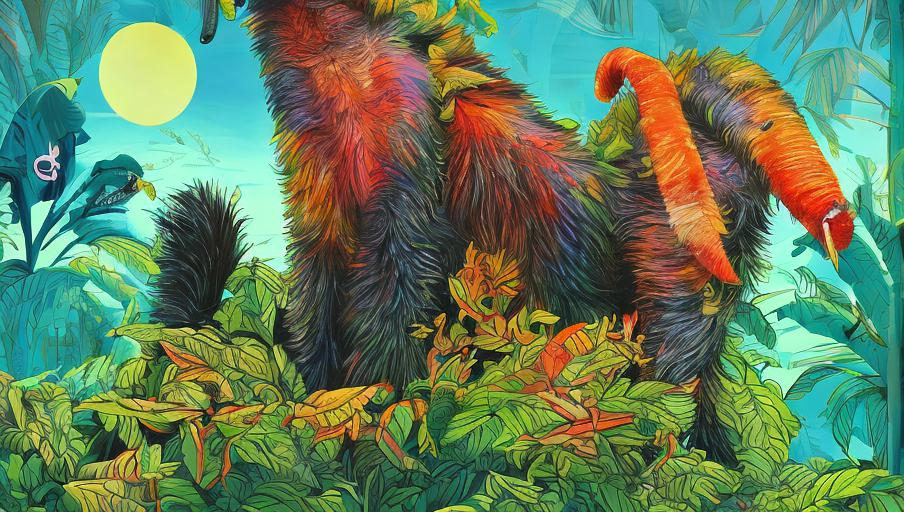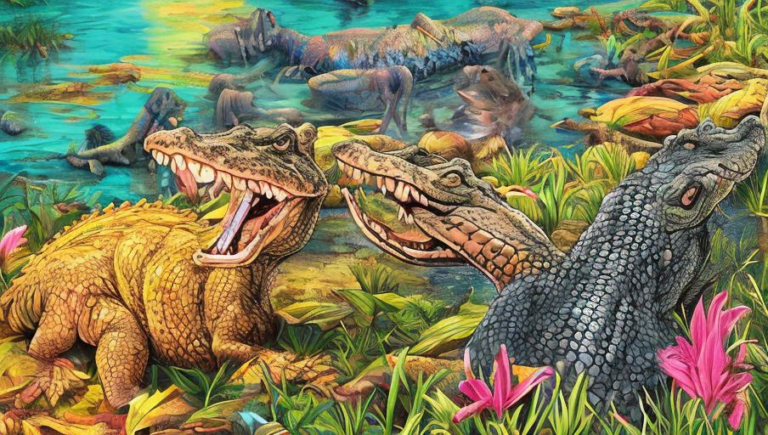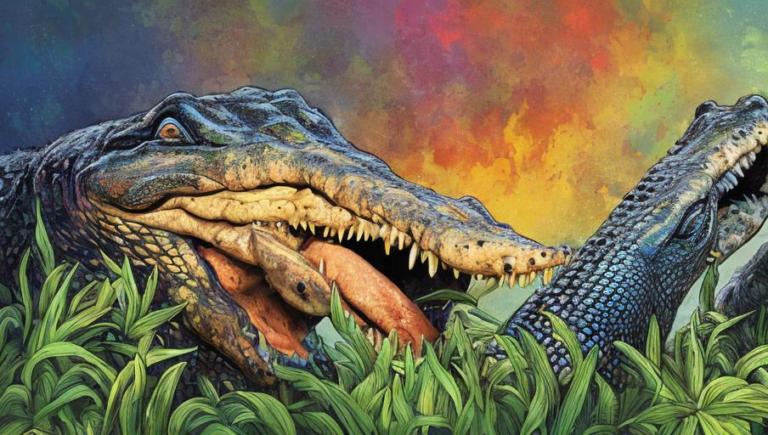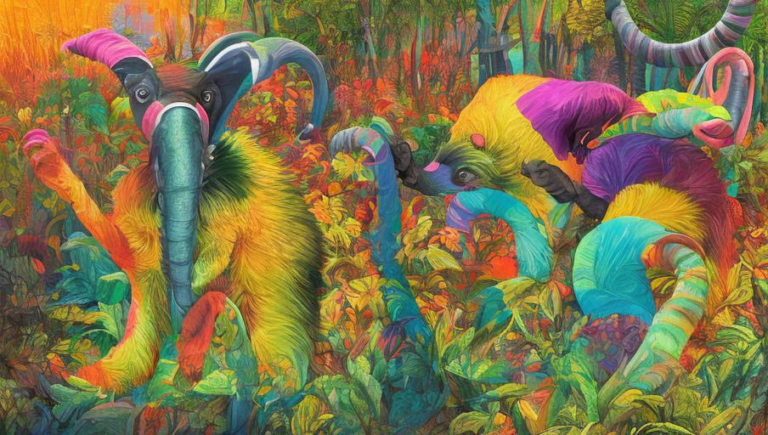Exploring the Interesting Behaviors of Anteaters

Introduction
Anteaters are one of the most enigmatic animals found in the wild. These unique creatures have long snouts and tongues that they use to feed on ants and other small insects. Anteaters can be found in South and Central America, where they live in tropical forests and grasslands. Despite their often solitary lifestyle, anteaters have some fascinating behaviors that make them a fascinating species to observe.
Feeding Habits
Anteaters are nocturnal animals and primarily feed at night. They use their long tongues, which can be up to two feet in length, to scoop up insects and other small animals. Anteaters also have powerful claws on their front feet that they use to tear apart logs and other objects to find food. Anteaters are also able to use their claws to dig burrows where they can sleep during the day.
Social Behavior
Anteaters have a solitary lifestyle and do not typically form large groups. However, they can be found in small family units with one adult male, several adult females, and their offspring. During mating season, males will often compete for the attention of females and will sometimes fight each other. During the rest of the year, anteaters will forage for food by themselves, although they are known to occasionally interact with one another in a friendly manner.
Defense Mechanisms
Anteaters have several different defense mechanisms that they use to protect themselves from predators. These include their powerful claws, which they can use to defend themselves against larger animals, as well as their long snouts which they can use to detect predators and other threats. Anteaters are also known to make loud hissing noises when they feel threatened, which can scare away potential predators.
Conclusion
Anteaters are one of the most fascinating animals in the wild. With their long snouts and powerful claws, they have unique behaviors that make them a truly remarkable species. Their solitary lifestyle and impressive defense mechanisms make them an interesting creature to observe, and their fascinating behaviors make them an important species to protect.





